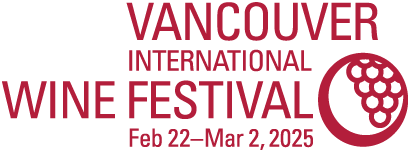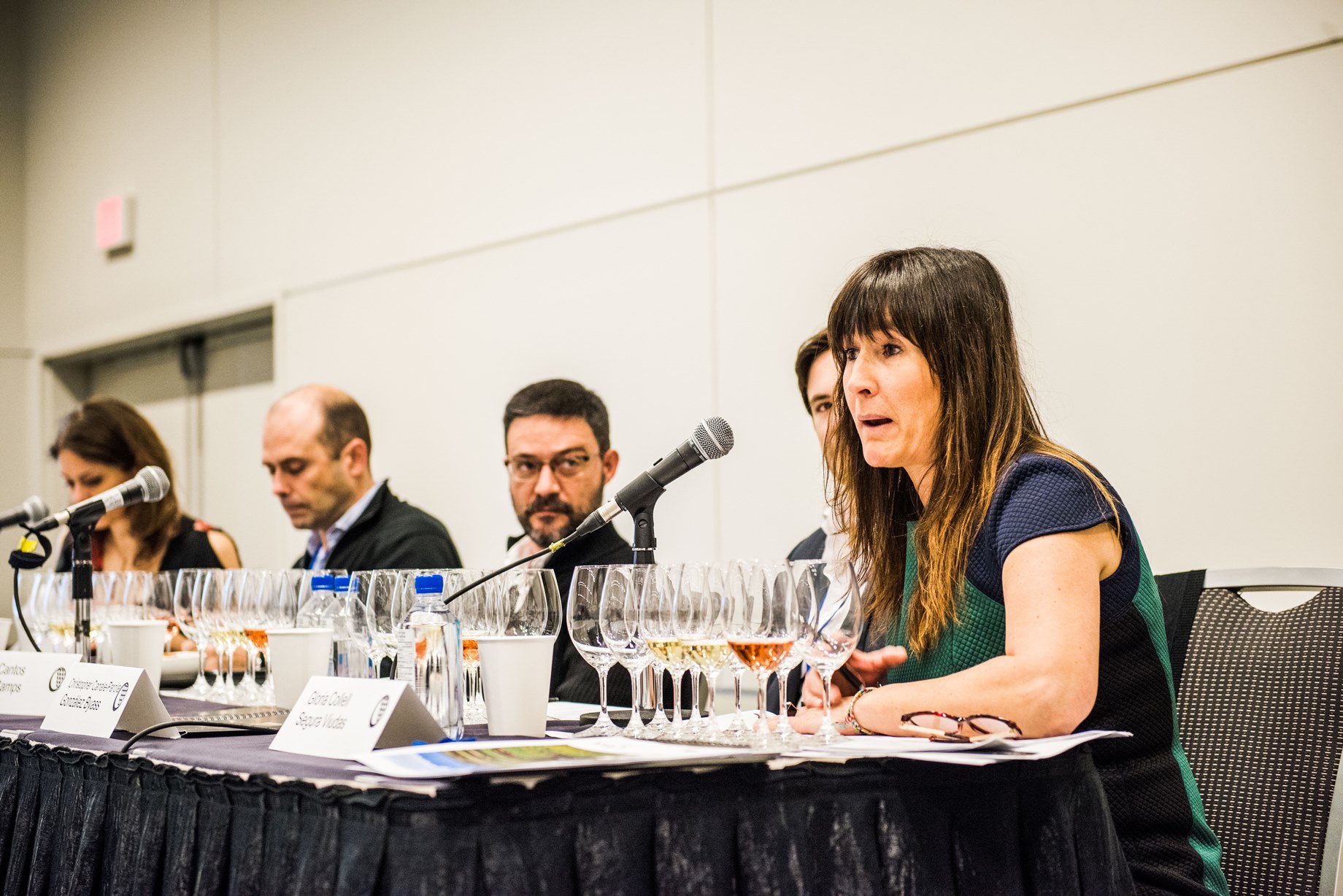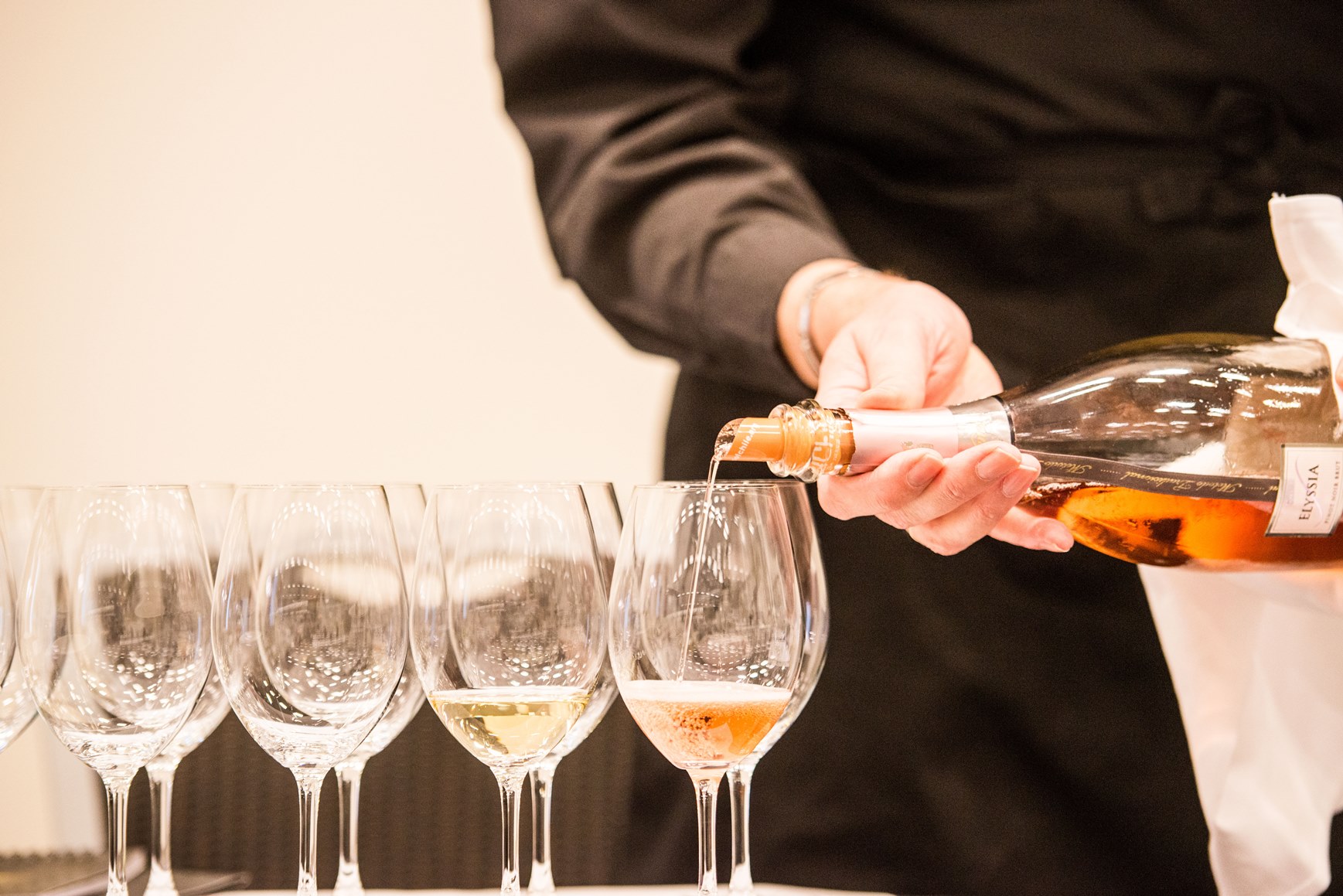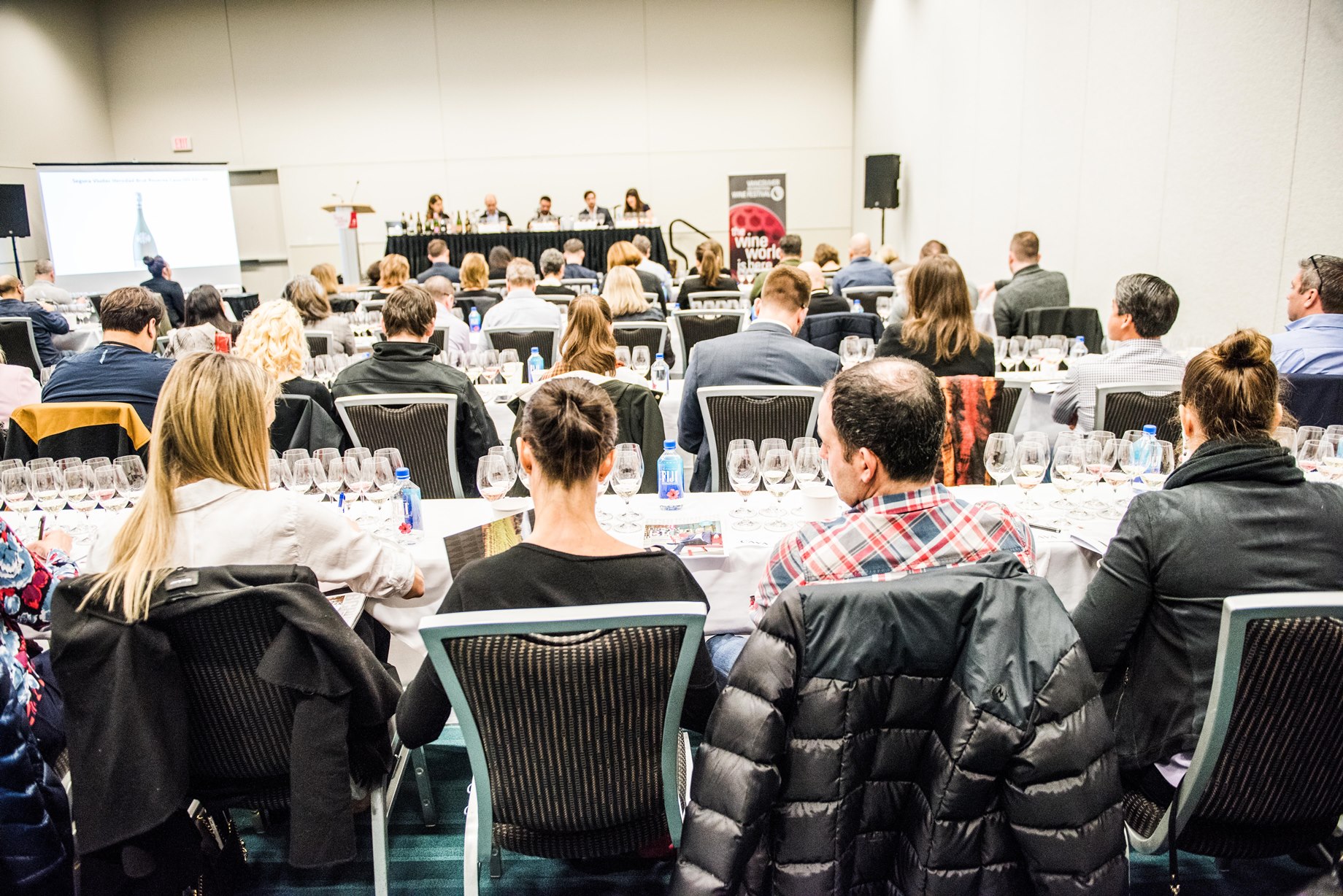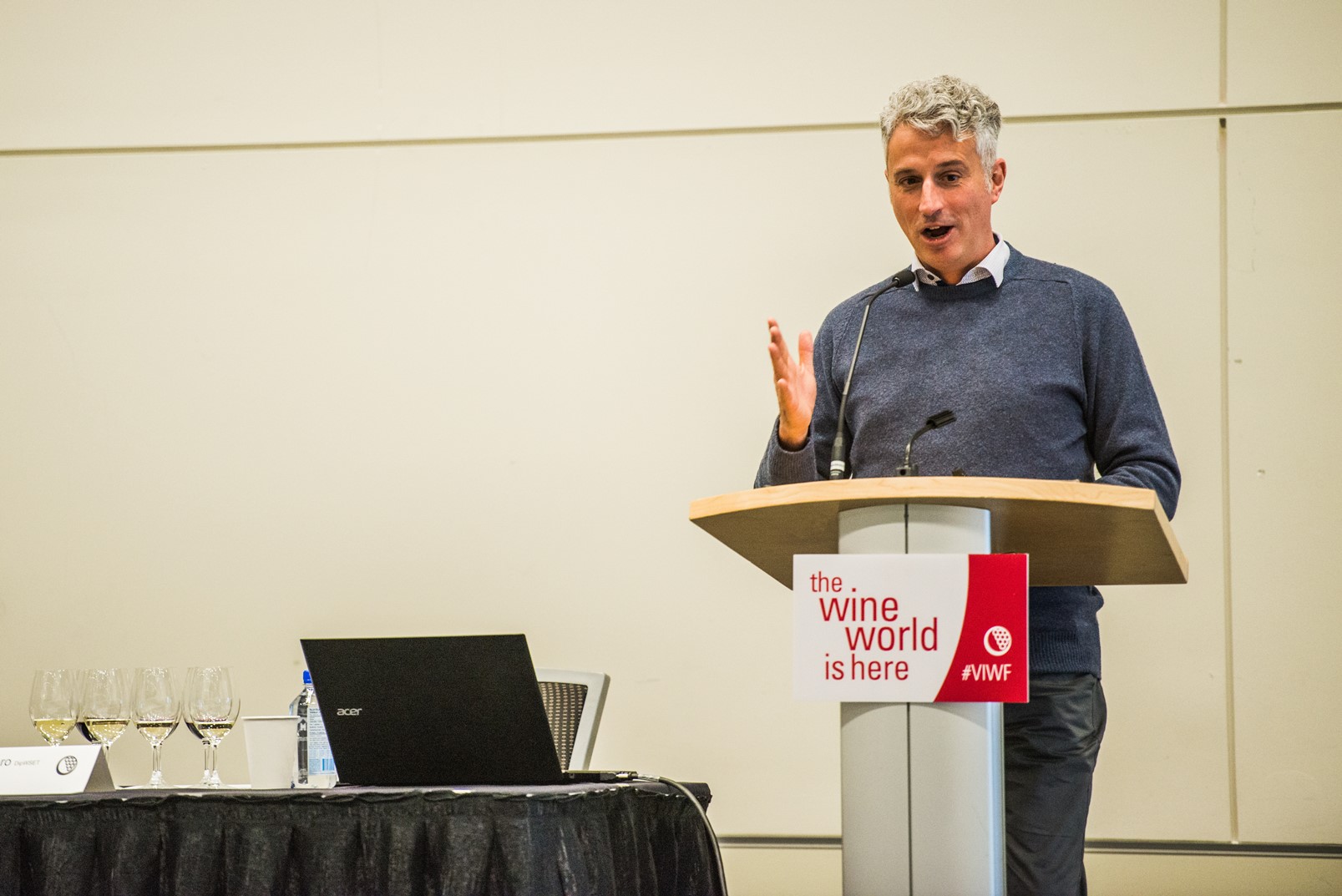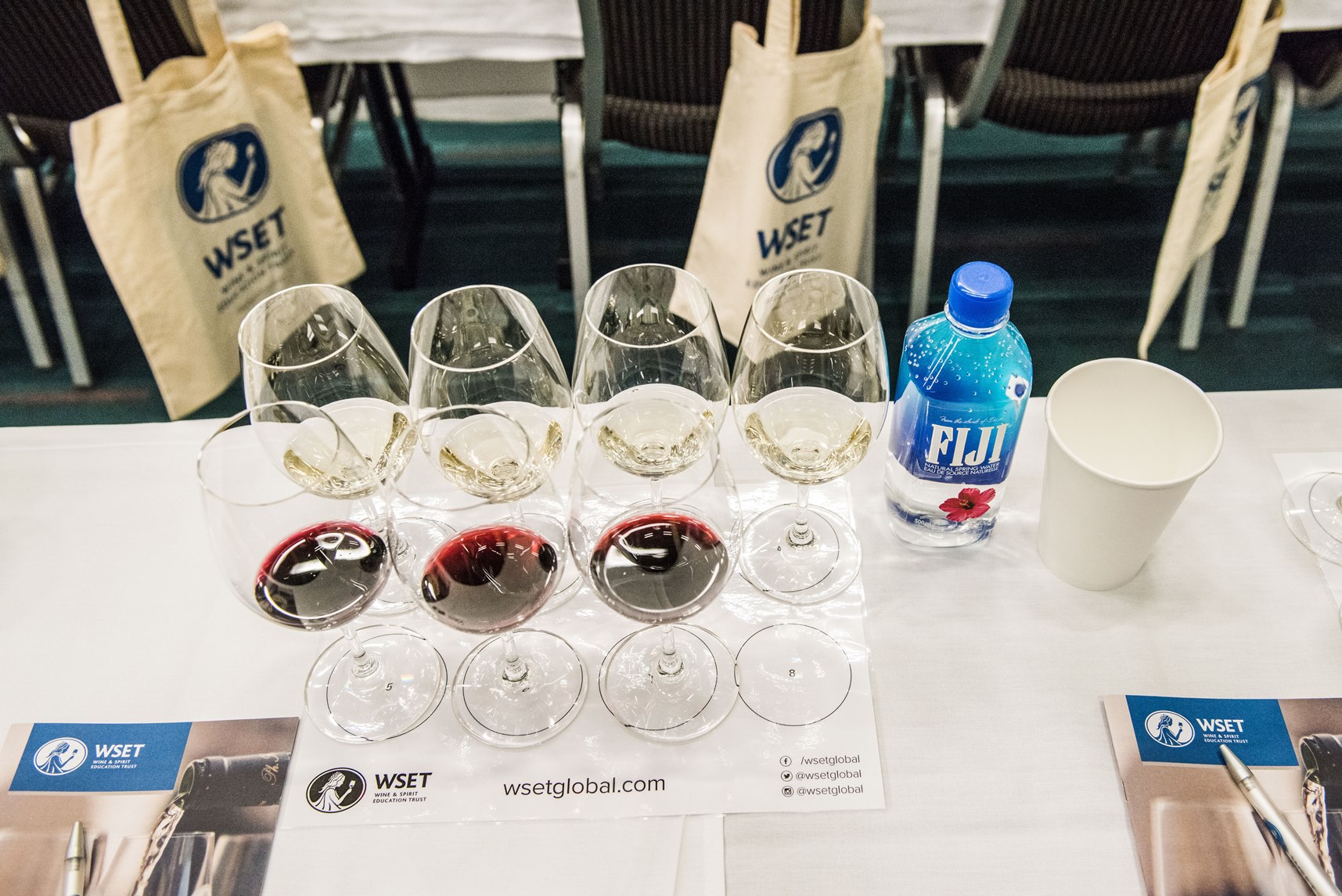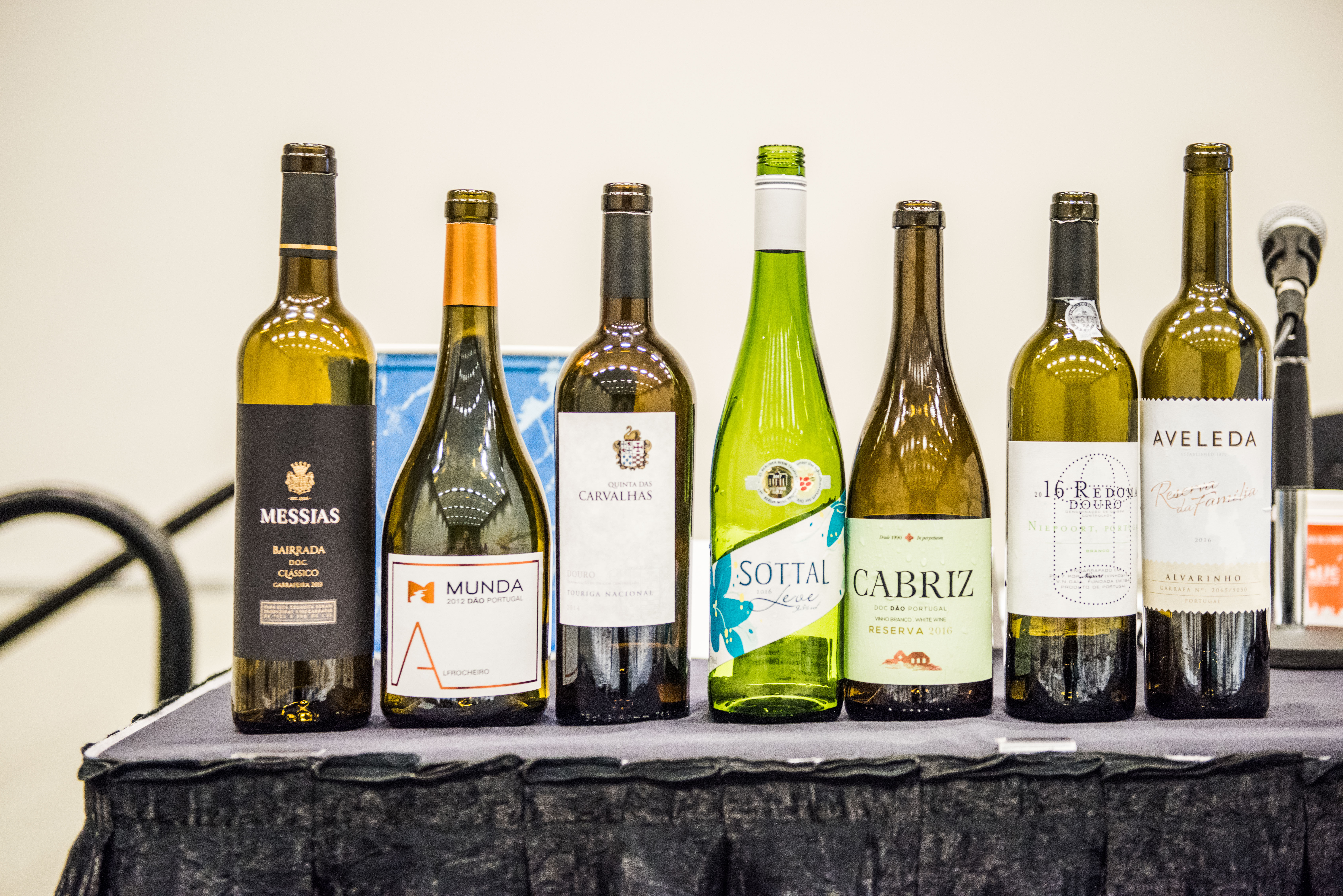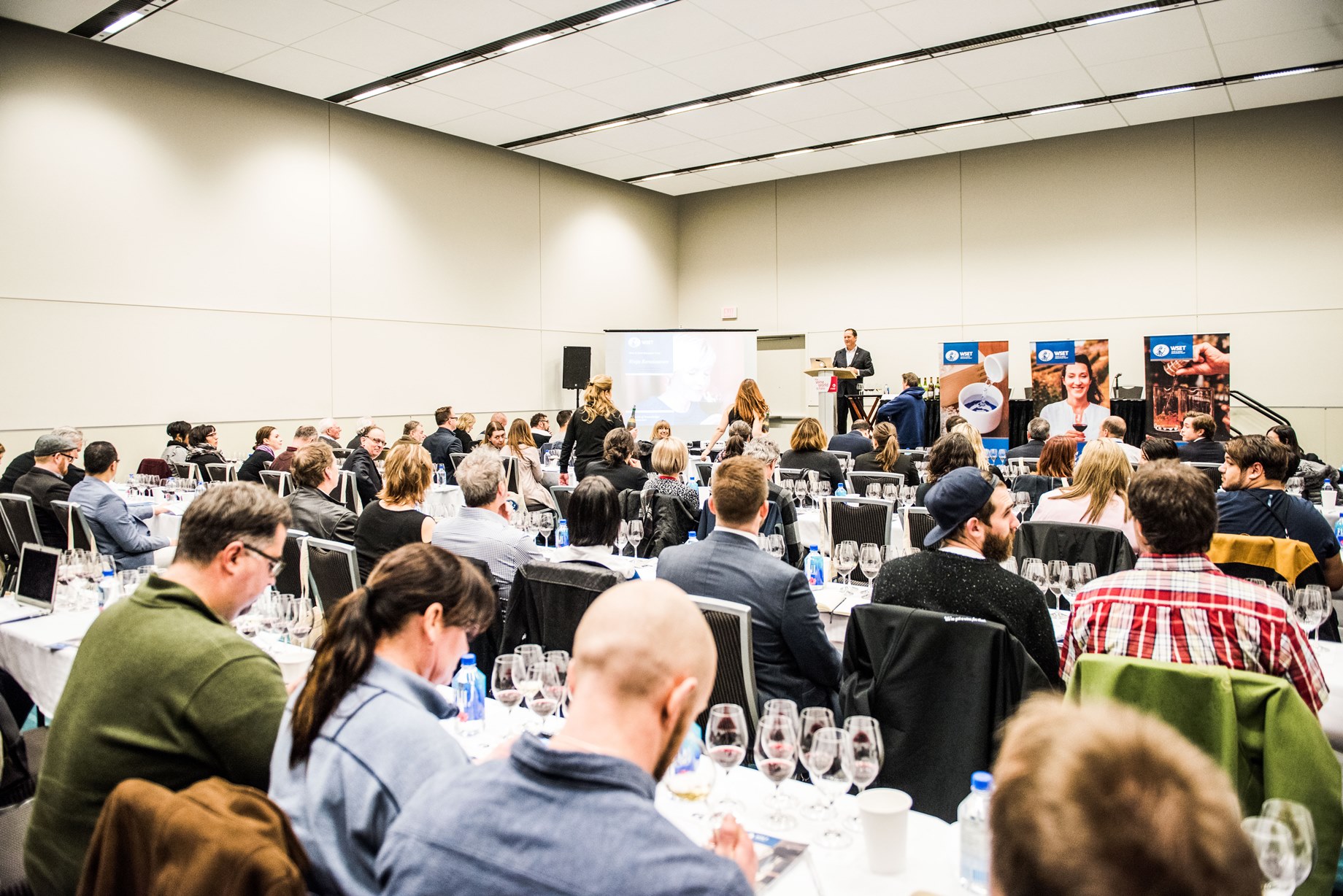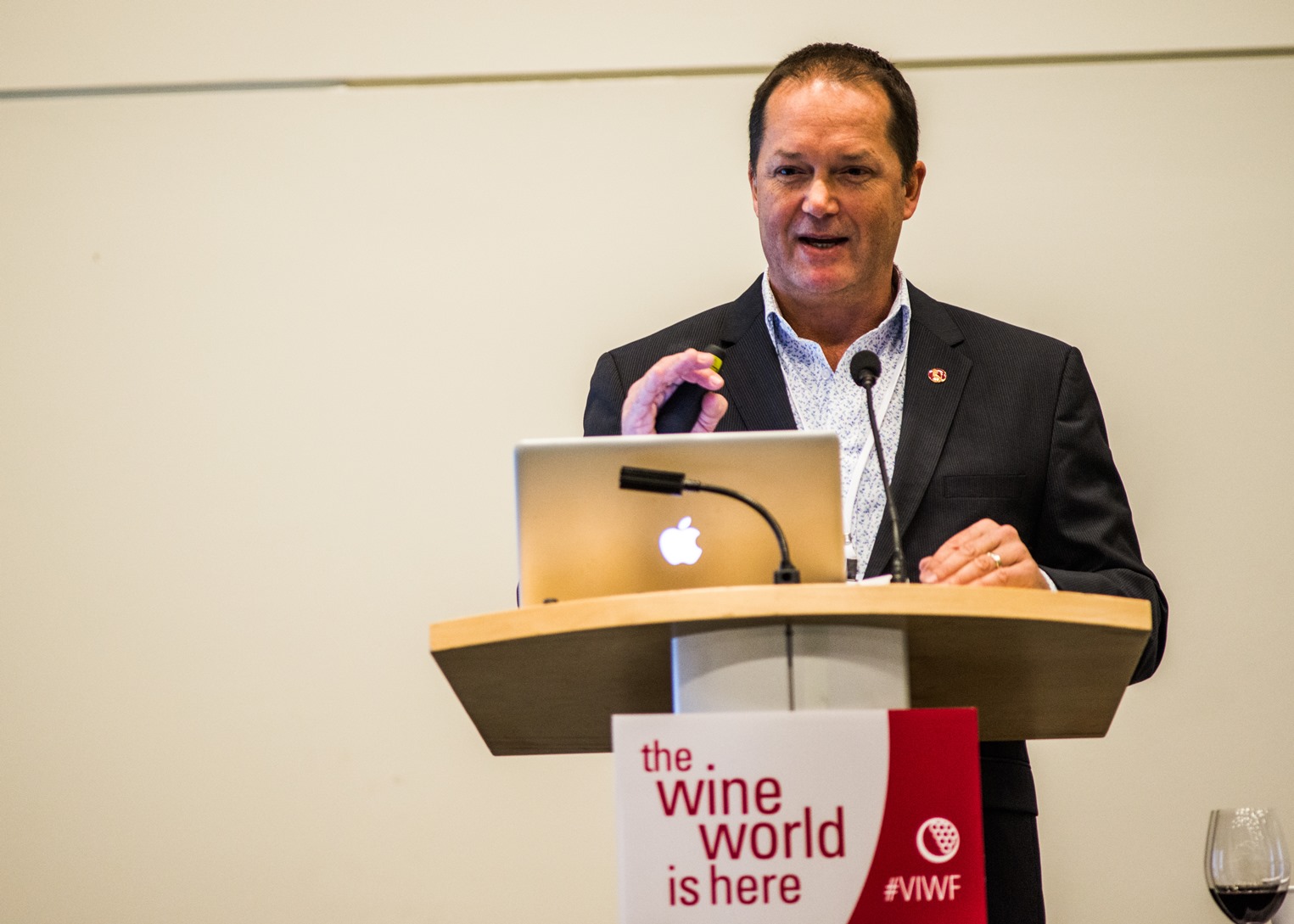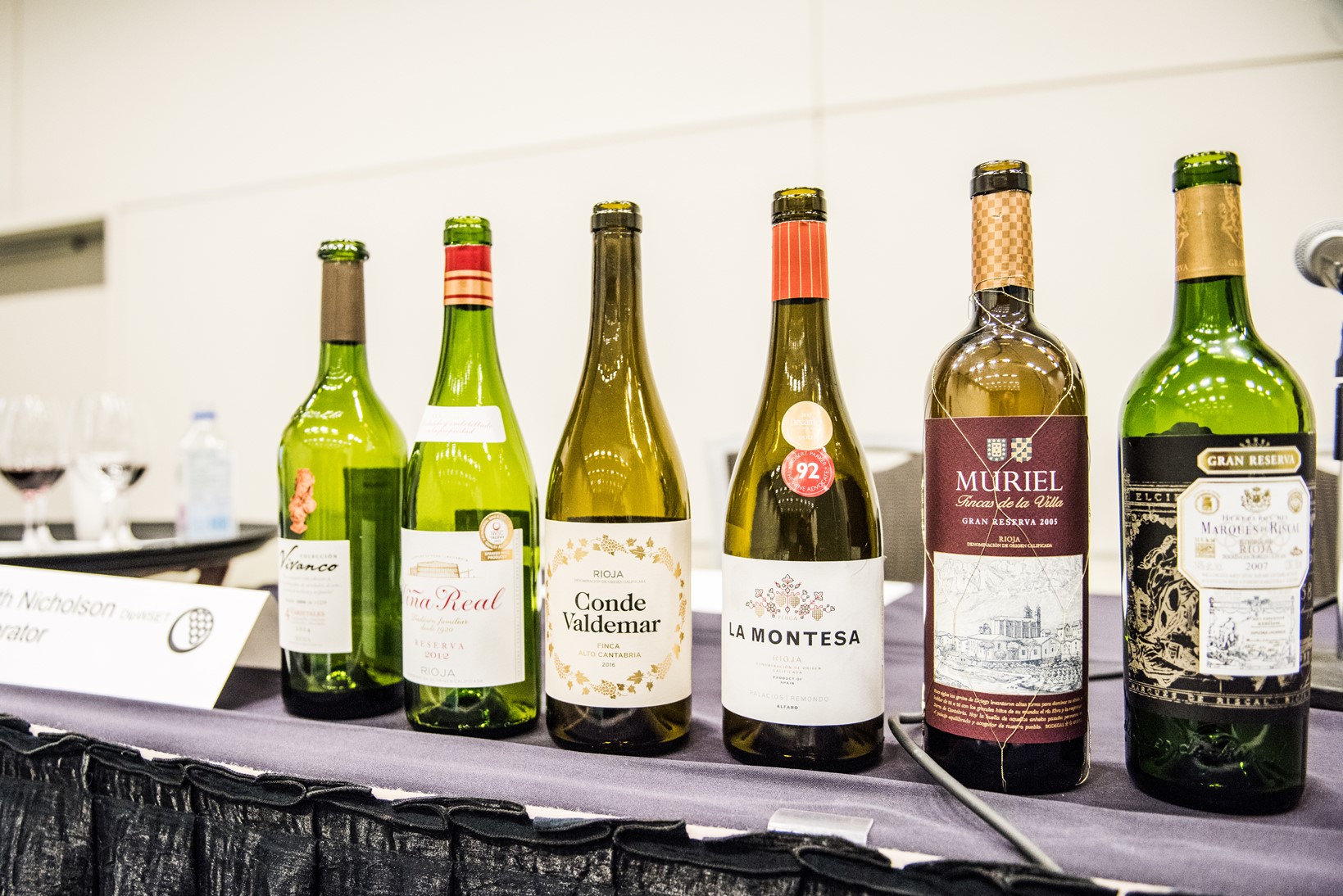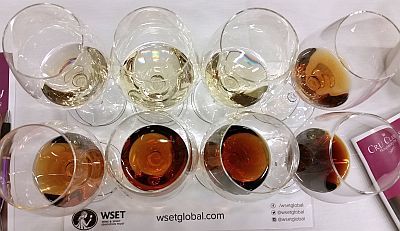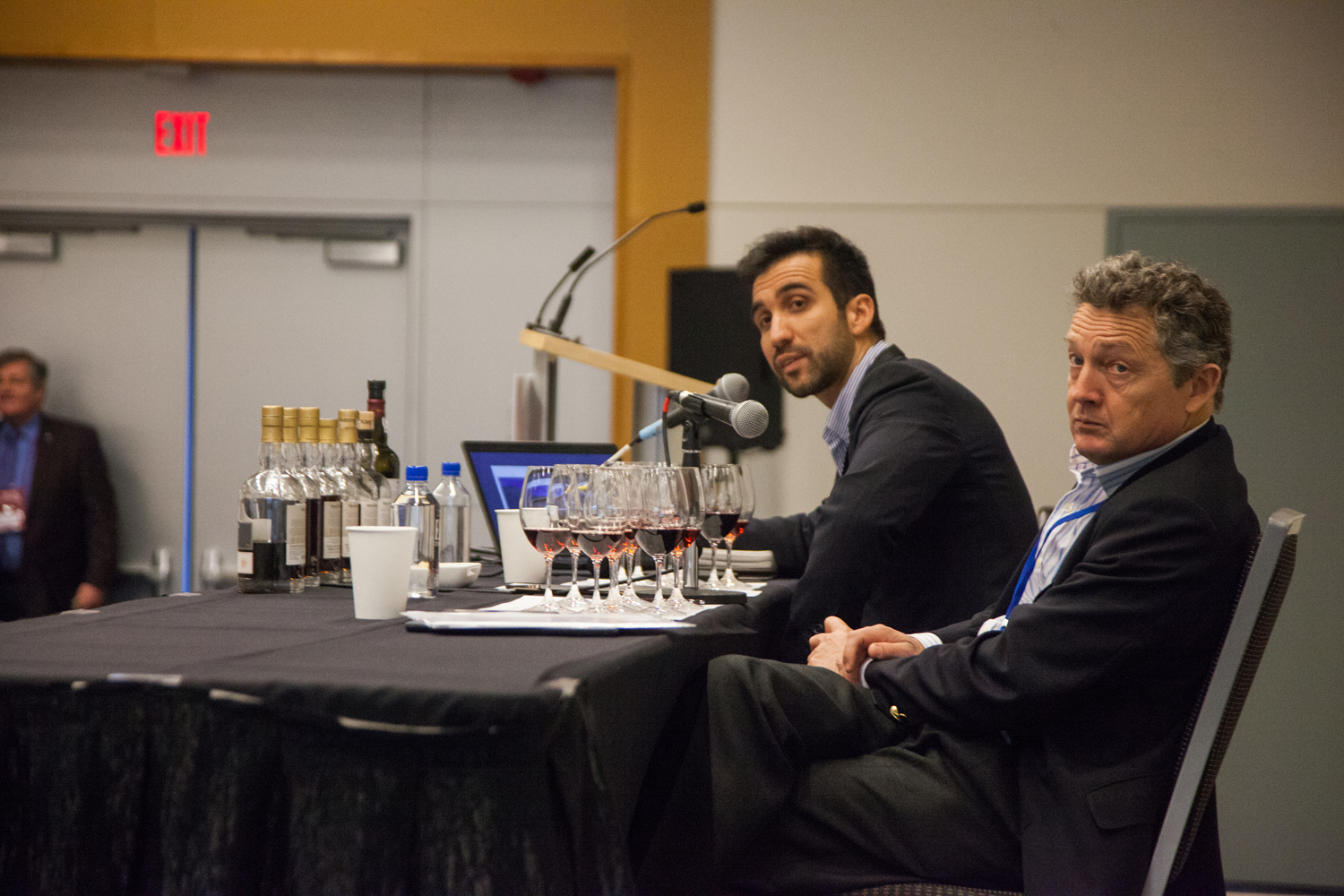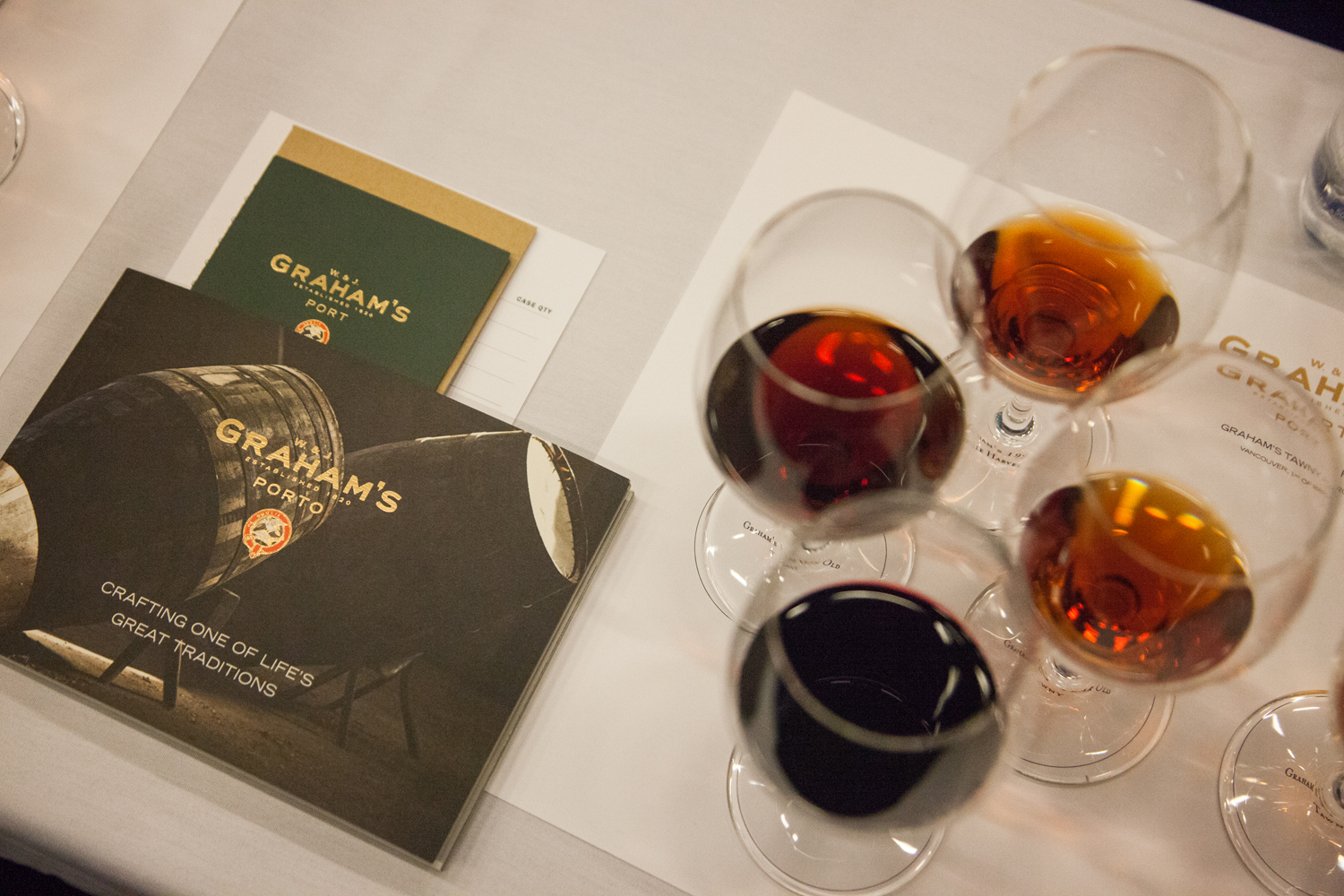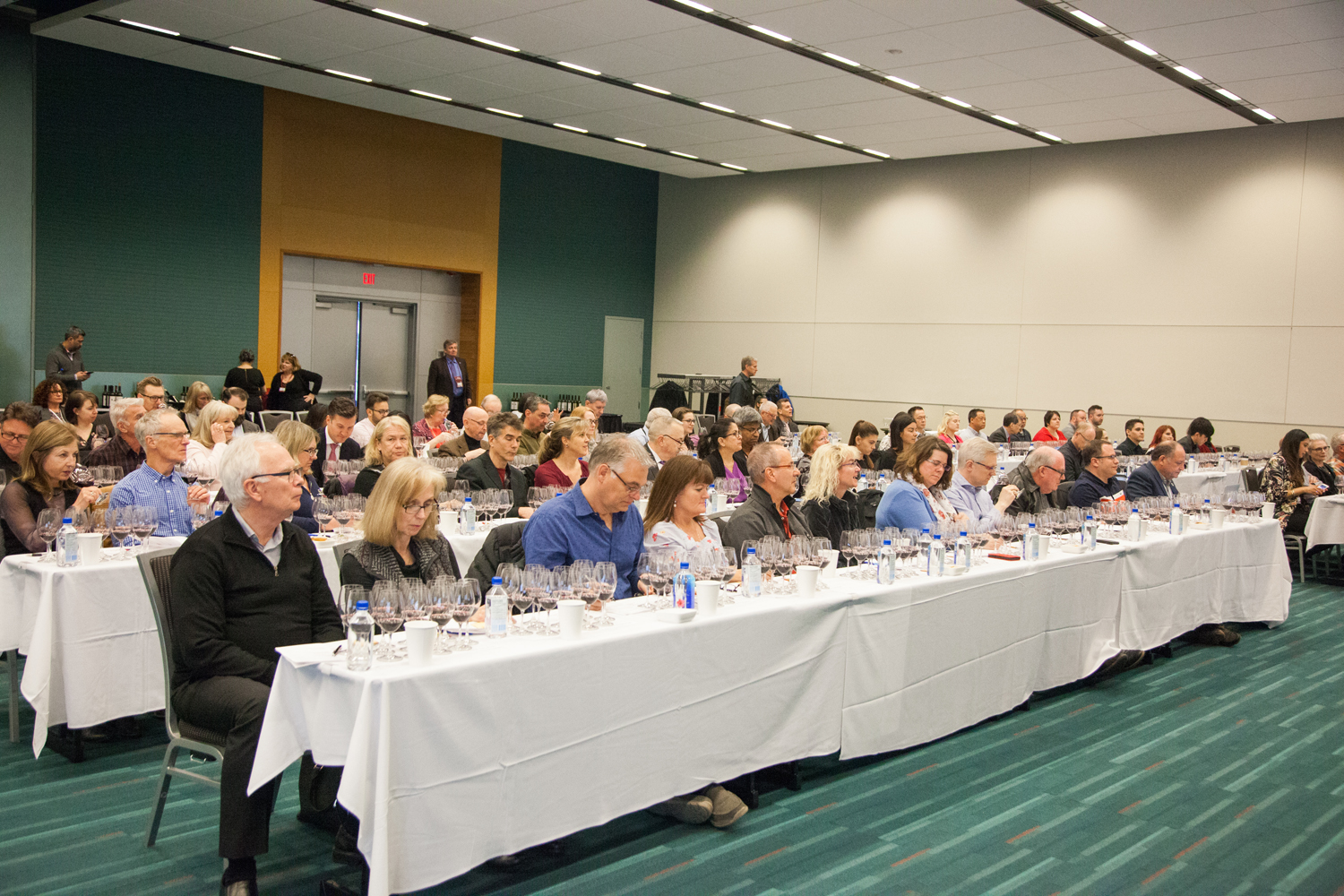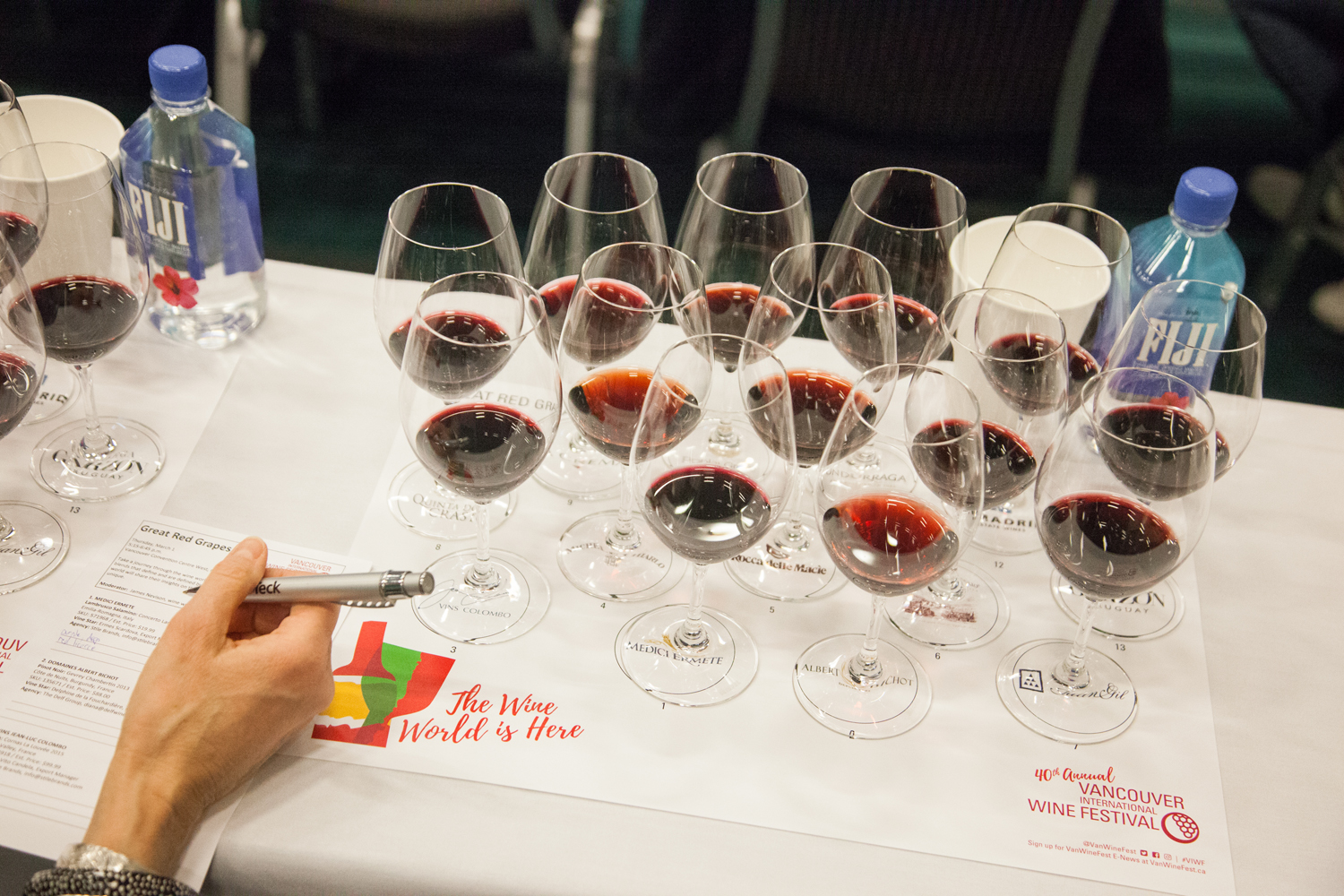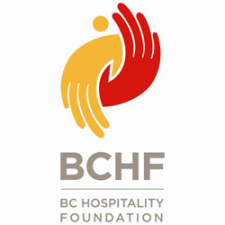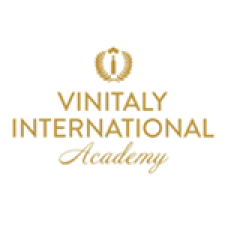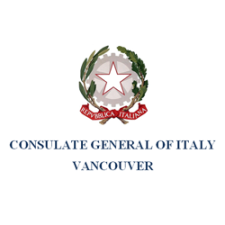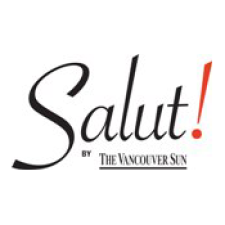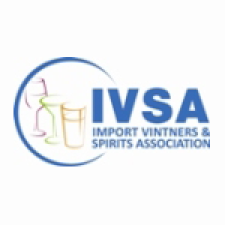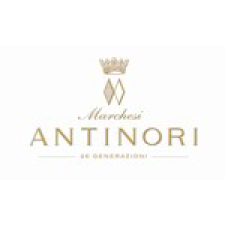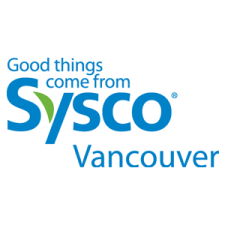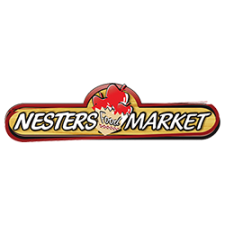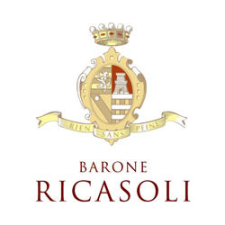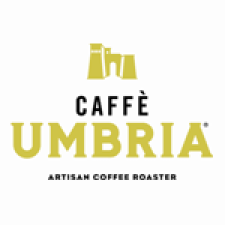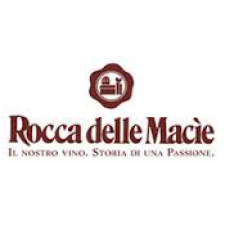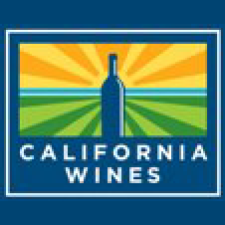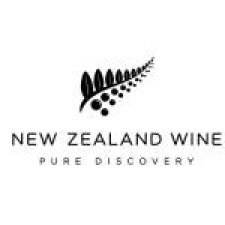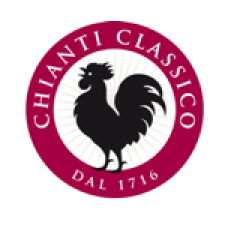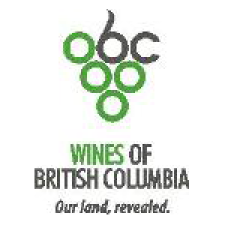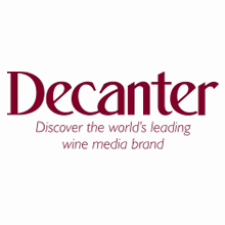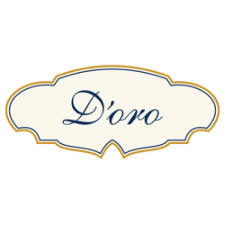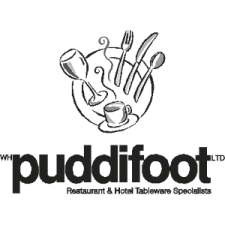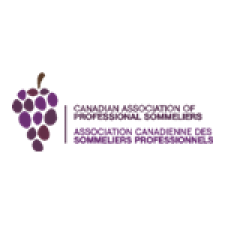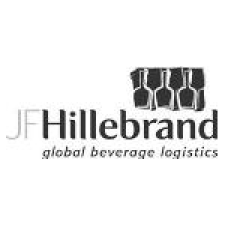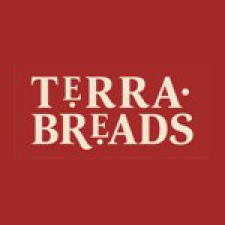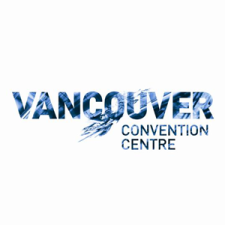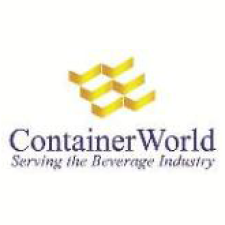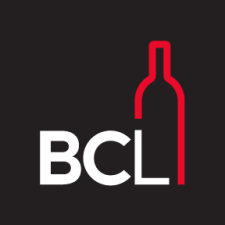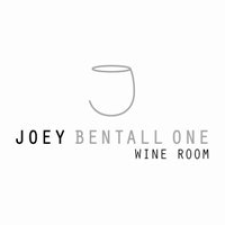Cava: Spain’s Sparkling Gem
Wednesday, February 28, 9:15-10:45 a.m.
Recap by Debbie Trenholm, Savvy Company
I (happily) skipped breakfast to kick off Day 1 at the festival day off with bubbles…Cavas from Spain to be exact. What a sight to see – 1000s of glasses of sparkling wine ready to be discovered. Already a Cava fan, I was eager for this seminar to open my eyes and tastebuds to more about Spain’s signature sparkling wine.
The panel of Cava makers shared with us the rooted history of sparkling wine in their country. While sparkling wine was made throughout the country for generations, it was not until 1959 when the term Cava appeared on a label. To further establish the style, in 1972 rules were formed to make Cava using 9 specific grape varieties. Today, 159 villages in the country now make Cava – everything from entry level (that we often get in our local stores) to premium Cava that rarely gets exported. The ever popular Codornui and Freixenet wines are big businesses in the industry AND they are still family owned. In 2016, Spain proudly exported 245 million bottles of Cava alone! Watch out Champagne, Spain’s Cavas are impressive.
Biggest lesson learned: Cava can range from entry level sparkling under $20 to premium prices ranging $40-50. Be on the lookout for premium bottles because they are out-of-the-park outstanding!
Moderator: Michelle Bouffard
Panelists: Christopher Canale-Parola, Antoni Cantos, Gloria Collell, Joan Cusiné
Unraveling Portugal
Wednesday, February 28, 11 a.m.-12:30 p.m.
Recap by David Hopgood
David Munro, WSET presenter with Fine Vintage moderated this exploration of Portugal. Did you know that Portugal is the 11th largest producer of wine, has the 11th largest area under vine and are the 13th largest consumers of wine, imbibing 55.3 litres per person, the largest consumption rate worldwide. They take their wine seriously!
David gave us a geography lesson on the many Portuguese wine regions starting with the cool and damp maritime climate of the wind-blown Atlantic coast of Vinho Verde, just below the Spanish border. Aveleda’s Alvarinho is a shining example of what this grape can be – medium bodied, very fresh and full of stone fruit and citrus.
Further inland the story is completely different. The Douro Valley is hot and dry, a continental climate in the rain shadow of the Serra do Marao. The majority of wine is red, Port being famous, but winemakers in this valley have turned their attention to table wine and it is stunning. Made from indigenous varieties Touriga Nacional, Touriga Franca and Tinta Roriz (Tempranillo in Spain), these reds are worth exploring for their high quality and value. The Quinta das Carvalhas provided by Rafael Molezun of Real Companhia Velho proved this point in spades. White wine is also made in the Douro and the Niepoort Redomo Branco showed superb intensity and mineral like structure.
Moving south we have Bairrada close to the coast. Bairrada is warmer than Vinho Verde and the main variety is Baga. Paulo Marques of Caves Messias showed his 2013 Classico Garrafeira, a wine with concentrated bright fruit, cassis, mint and cedar, very intense considering its 12% alcohol!
In the Dao, 80% is red from Touriga Nacional, Tinto Roriz, Alfrocherio and Jaen (Mencia in Spain). The Quinta do Mondego Mundo(purity) is made from Alfrocheirio, a spicy cherry and plum character with elegance and brightness – a serious wine indeed. And don’t overlook their whites from Encruzado which can be full and intense, a bit like white Burgundy. The Cabriz version was brilliant showing floral notes, peachy fruit with a hint of oak.
Diago Reis from Sanguinhal in the Lisboa region poured Sottal Vinho Leve, a light bodied, floral, stone fruited wine made from Muscat and Arinto.
In the southern Alentejano region there are French varieties grown but in the traditional areas Aragones (Tinta Roriz/Tempranillo), Trincadeira and Alicante Boushet are providing wines with ripe and juicy character.
The seminar proved there is great quality and variety of table wine from all over Portugal.
Moderator: David Munro DipWSET
Rioja Renaissance
Wednesday, February 28, 1:30-3 p.m.
Recap by David Hopgood
Keith Nicholson, Statera Wine Academy, presented this WSET Masterclass, a look a modern Rioja. The seminar provided a good look at the region, from white to red, young and aged, the oldest being from 1994! Keith let the winemakers do most of the talking and they represented their brands and the region as a whole very well.
Rioja is mainly a red wine area, only 8% are white plus some delicious rose. It is situated around the Ebro River, the longest in Spain, with the Sierra de Cantabria protecting the valley from the cold Atlantic and the warm Mediterranean warming the eastern region where they can harvest up to six weeks before the elevated areas of the Rioja Alta in the northwest.
The first wine presented was a Viura from Valdemar, a serious French oak fermented white that handled the wood very well. Roberto Alonso explained that the vines were planted in 1970 which explains the concentration of floral, ripe apple, spice and vanilla.
Alvaro Palacios, Decanter magazine’s Man of the Year for 2015, presented his Rioja Crianza La Montessa, made mostly from Garnacha aged one year in oak. Brimming with very expressive bright fresh red cherries, a textbook example of the quality Garnacha can deliver from the Rioja Baja.
Vivanco had Export Director, Alberto Ruiz pour their 4 Varieteles 2014, 70% Tempranillo, 15% Graciano, 10% Garnacha, 5% Mazuelo. This outstanding winery has a wine museum and a vineyard growing over 200 different varietals so they can study the effect of climate on the vines. And yes the wine is great and very distinctive!
Vina Real Reserva from the hi tech producer CVNE was next up showing a modern style, full of juicy fruit, consistently scoring 90 or more in the wine magazines. Reserva wines must be aged a minimum of 3 years, one year of which is in cask.
The next three treats were all Gran Reserva, aged at least five years, 2 of those in cask. Muriel 2005 is 100% Tempranillo and as head winemaker, Chenya Ryan explained, is grown in poor soils where only vines will grow then aged in 50/50 American and French oak. This is an elegant wine, like velvet on the palate. The Marques de Riscal Gran Reserva 2007 followed, a serious structured wine from vines over 80 years old. Jose Luis Muguiro explained that the famed architect, Frank Gehry, committed to designing their extraordinary hotel after he drank the 1928 vintage of this wine. It must have been an inspiration for the hotel is an amazing building.
The final wine was from 1994 presented by Carmen Oros. The ’94 vintage was one of the best and this Faustino Gran Reserva showed it. 24 years old and still deep ruby in colour, fragrant, floral with lots of red fruit. Elegant, juicy and fresh and very complex.
A thrill to taste these great wines, all showing their region at the highest level of quality. As one of the winemakers noted, Rioja had been napping, but now they are wide awake and moving forward!
Moderator: Keith Nicholson, DipWSET
Shades of Sherry
Wednesday, February 28, 3:15-4:45 p.m.
Recap by Karl Kliparchuk, MyWinePal
From pale and dry to dark and syrupy, there’s a Sherry for every occasion. But, Sherry is a very misunderstood wine style. To provide us with more clarity and experience with Sherry we had Lara Victoria, DipWSET of Cru Classe Hospitality Corp to lead us through a WSET Masterclass at the Vancouver International Wine Festival. Lara, besides being a WSET Certified Educator, is also a Certified Sherry Educator Consejos Reguladores del Marco de Jerez.
Lara took us through:
- History of Sherry
- What makes Sherry unique: the microclimate, soil, and grapes
- How Sherry is made
- The different styles of Sherry
- The Solera system
- Tasting, serving and pairing Sherry
Moderator: Lara Victoria DipWSET
Graham’s Tawny Port
Thursday, March 1, 5:15-6:45 p.m.
Recap by Christine Campbell, girlsgogrape.com
Port is the world’s first officially demarcated wine region (1756). It is a protected region in that it is the only place in the world one can produce authentic Port. Port is a fortified wine whereby grape brandy is added to still wine during the production process to stop fermentation and create a sweet wine that I would choose for dessert any day…
During this years’ Vancouver International Wine Festival, I was given the opportunity to attend Graham’s Tawny Port seminar featuring Graham’s Joint Managing Director, Rupert Symington and moderated by Gustavo Devesas, Graham’s Marketing Manager. This incredible 90-minute seminar was a mini-history lesson in Port and featured five decades of Port wine to sample.
Moderator: Gustavo Devesas
Panelist: Rupert Symington
Great Red Grapes
Thursday, March 1, 5:15-6:45 p.m.
Recap by Kim Gertler, Director Media & Communications, CAPS Ontario
Staged as a sort of battle for global grape supremacy, the Great Red Grapes seminar at VIWF 2018 was an ambitious throwdown of varietals, blends, regions and vintners…with more than a dozen blockbuster wines to be considered over the course of a mere 90 minutes.
The battlefield? A daunting tasting mat groaning with no less than 13 of the world’s heavyweight contenders for greatness in grapeness. Convened by stopwatch bearing moderator, James Nevison (The Province,) the forum gave each of the panelists, exactly five minutes to sell the virtues of their wine, the grape, the region and the winemaking style.
Kicking off the panel –Export manager, Ermes Scardova argued that the 2016 Medici Ermete Concerto Lambrusco Reggiano was “the ultimate gastronomic wine” – the most food friendly red with a “frizzante tannin that creates a taste that is unique to a red wine.”
Busting out of the gate with wine number two, Delphine de la Fouchardiere of Albert Bichot contested: “Burgundy is the birthplace of terroir,” describing the 2013 Gervrey Chambertin, as “an iconic Pinot Noir…the definition of elegance from the Cotes de Nuits …and of course, it is the greatest wine in the world, a velvet fist in an iron glove – it hits hard but remains elegant.”
Following suit – from France’s Rhone Valley, the Cornas La Louvée a highly ranked Syrah – from 2015. Vito Candela of Vins Colombo spoke of how the wine variety now shows more of its finesse and approachability, with less reliance on oak aging.
It was dizzying to keep track as subsequent winemakers, directors and winery owners took the stand – as some of the great wines of the world each took a bow – Nebbiolo, “Barolo is Pinot Noir on Hormones,” a stellar Sangiovese from Chianti and a fulsomely fruity Monastrell (known as Mourvredre in France) from Jumilla, Spain.
As the procession of great reds continued, the wines veered into the new world. Pinot Noir from California; Cabernet Sauvignon from Chile; Malbec from Argentina, “no longer a Coca-Cola wine,”; an intense Tannat from Uruguay and Poplar Grove’s Cabernet Franc from the Okanagan Valley – which proved to be a favourite among the panelists, when prompted to pick a wine they liked – other than their own.
Also among the favourites was an earthy blend (Quinta Do Cristo Riserva 2014) from Portugal that featured between 25 and 30 different grape varieties from vines averaging 100 years in age. Winery owner Miguel Roquette shared some vivid history:
“In 2016 we celebrated 400 years of existence in Douro, one of the earliest known winemaking regions. Old wines are classified as 75 years or older. Up to 49 different varieties grow in the same vineyard. People think we are crazy.” And speaking of the weather and the notoriously hot and dry terroir, Miguel quipped: “Douro is nine months of winter and three months of hell.”
Vancouver’s Great Red Grapes seminar may not have answered the question: which is the fairest grape of all? – But this crazy quilt of both new and old worldly wines – when contrasted and tasted together offered a vivid snapshot of some of the great red grapes and wine styles from around the planet.
Moderator: James Nevison, wine writer, The Province, HadaGlass
Panelists: Stefan Arnason, Matias Barros, Vito Candela, Delphine de la Fouchardière, Gabriela Garcia, Loren Gil, Craig McAllister, Miguel Roquette, Ermes Scardova, Maria Mele Sosa, Paolo Tiefenthaler, Adam Verona, Sergio Zingarelli
